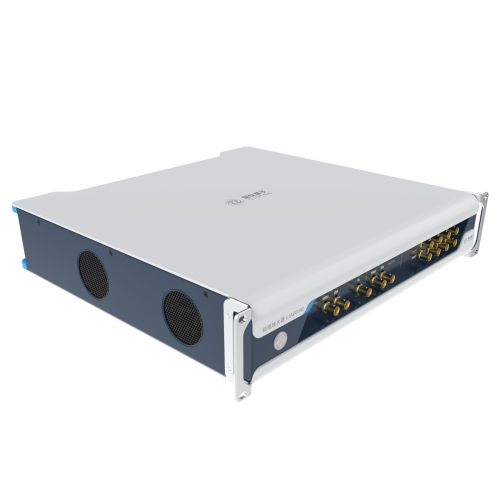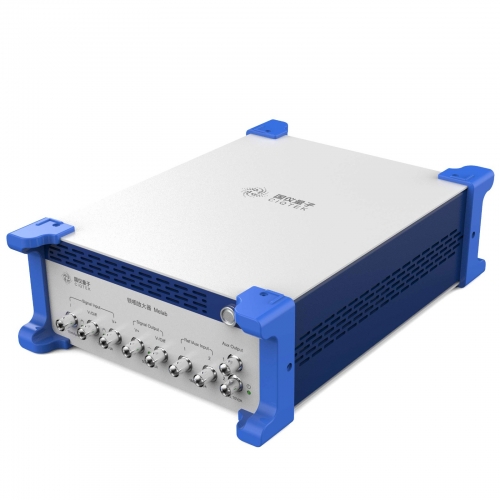Hearing the Sound of Light - Applications of Lock-in Amplifiers in Photoacoustic Spectroscopy
Did you know that light can create sound? In the late 19th century, scientist Alexander Graham Bell (considered one of the inventors of the telephone) discovered the phenomenon of materials producing sound waves after absorbing light energy, known as the photoacoustic effect. Alexander Graham Bell Image Source: Sina Technology After the 1960s, with the development of weak signal detection technology, highly sensitive microphones and piezoelectric ceramic microphones appeared. Scientists developed a new spectroscopic analysis technique based on the photoacoustic effect - photoacoustic spectroscopy, which can be used to detect substances of samples and their spectroscopic thermal properties, becoming a powerful tool for physicochemical research in inorganic and organic compounds, semiconductors, metals, polymer materials, etc. How can we make light create sound?As shown in the figure below, a light source modulated by a monochromator, or a pulsed light such as a pulsed laser, is incident on a photoacoustic cell. The material to be measured in the photoacoustic cell absorbs light energy, and the absorption rate varies with the wavelength of the incident light and the material. This is due to the different energy levels of the atomic molecules constituted in the different materials, and the absorption rate of light by the material increases when the frequency ν of the incident light is close to the energy level hν. The atomic molecules that jump to higher energy levels after absorbing light do not remain at the higher energy levels; instead, they tend to release energy and relax back to the lowest ground state, where the released energy often appears as thermal energy and causes the material to expand thermally and change in volume.When we restrict the volume of a material, for example, by packing it into a photoacoustic cell, its expansion leads to changes in pressure. After applying a periodic modulation to the intensity of the incident light, the temperature, volume, and pressure of the material also change periodically, resulting in a detectable mechanical wave. This oscillation can be detected by a sensitive microphone or piezoelectric ceramic microphone, which is what we call a photoacoustic signal. Principle Schematic How does a lock-in amplifier measure photoacoustic signals? In summary, the photoacoustic signal is generated by a much smaller pressure signal converted from very small heat (released by atomic or molecular relaxation). The detection of such extremely weak signals necessarily cannot be done without lock-in amplifiers. In photoacoustic spectroscopy, the signal collected from the microphone needs to be amplified by a preamplifier and then locked to the frequency signal we need by a lock-in amplifier. In this way, a high signal-to-noise ratio photoacoustic spectroscopy signal can be detected and the properties of the sample can be measured. CIQTEK has launc...





































